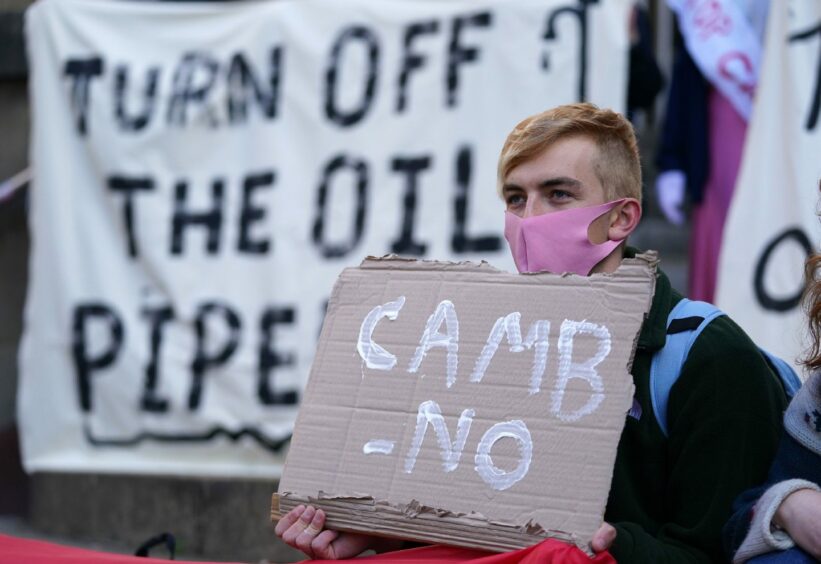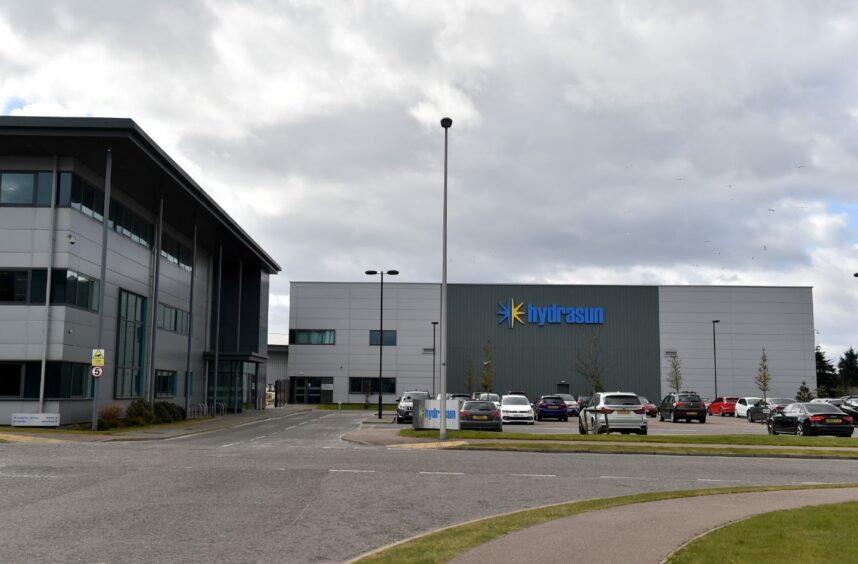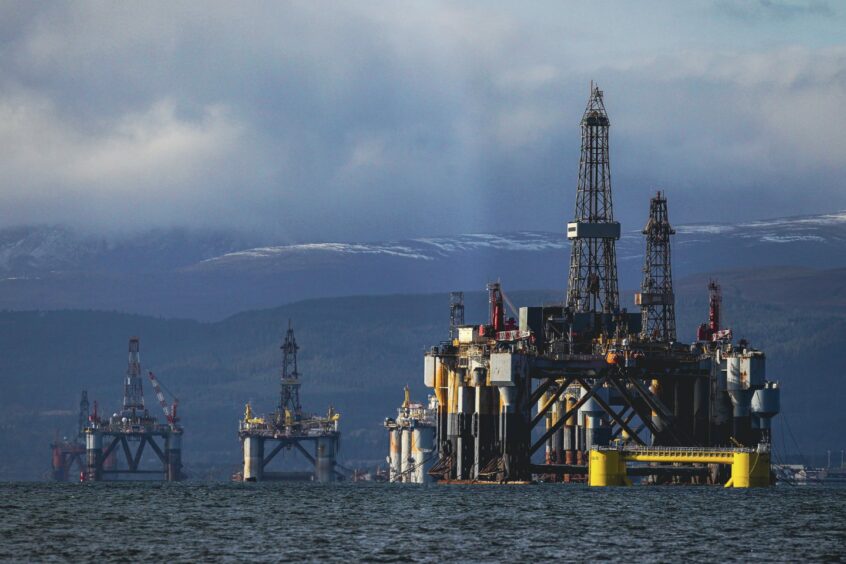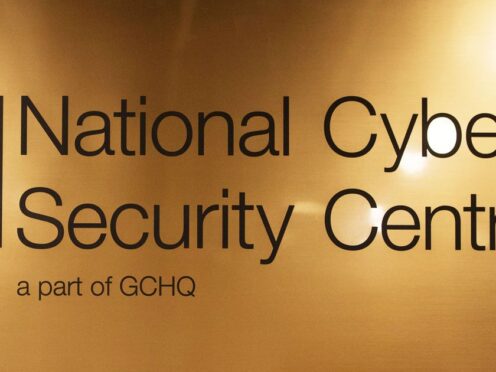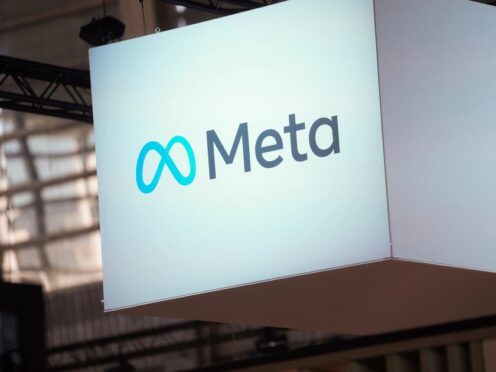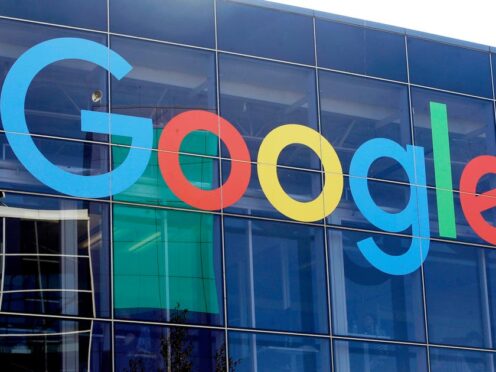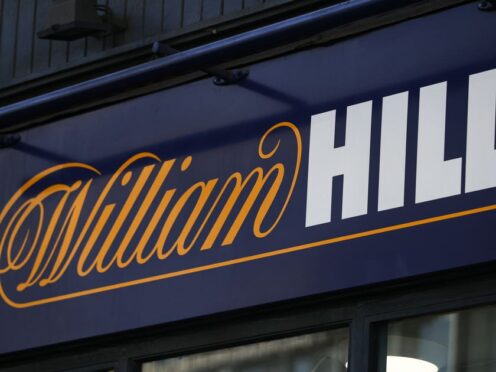As the curtain falls on 2021, a year largely dominated by the three Cs – Covid, Cop26 and Cambo, we’re seeing strong energy market fundamentals underpinned by high commodity prices which would usually signal greater optimism for the year ahead.
Having completed 12 transactions this year from our Aberdeen and London offices and, with a robust pipeline of deals going into 2022, Piper Sandler should be forecasting a very good year.
Attracting investment for traditional energy transactions is only going to get tougher however and, while I am confident that more deals will be done next year, we will be rowing against a tide of investor sentiment, driven by public and political pressure around oil and gas.
2021 was generally a year of recovery following the lockdowns of 2020, throughout which the oil and gas industry demonstrated, more than ever, its resilience.
It kept the lights on whilst everyone else worked remotely and it powered our homes and hospitals during this critical time.
Favourable climate for deal-making despite ‘anti-hydrocarbon rhetoric’
That resilience led to a recovery in earnings for the service sector in 2021 which created a more favourable climate for deal-making despite the anti-hydrocarbon rhetoric.
Key themes were the increasing focus on energy transition and the continued prominence of Middle Eastern buyers seeking to acquire technology and capability in order to meet increasing local content requirements in the region.
The energy sector has been focused on energy transition for several years and operators and service companies alike have been seeking to boost their green credentials and to demonstrate their relevance to new energy markets.
This is now translating into M&A activity and at Piper Sandler, a third of the deals which we completed in 2021 were in offshore wind while most of the others contained an element of energy transition.
Among the deals we completed were the acquisitions of Osbit, FoundOcean and Gavin & Doherty Geosolutions to form a new offshore wind player, Venterra, the acquisition by Saudi family conglomerate Sawafi of Canadian directional drilling specialist, Newsco and the investment by SCF Partners in Hydrasun, which demonstrated that there remains an investor appetite for high-quality oilfield services businesses particularly where those businesses have the ability to service emerging energy markets.
As we look ahead to 2022, we expect to see a continuation of similar themes.
Renewables and, especially the most mature of those markets – offshore wind – will continue to attract significant investor attention underpinned by spectacular market growth forecasts and some real capacity challenges to deliver them.
Investors are now recognising the reality of energy transition
In addition, we have started to see some signs that investors are now recognising the reality of energy transition that, despite the huge growth in offshore wind, the continued growth in energy demand will maintain the dominance of hydrocarbons in the energy mix.
In that context, even non-sector investors are starting to grasp the fact that businesses can’t just flick a switch to convert from having a majority of oilfield services revenue to a majority in renewables.
It will be very challenging to convince generalist private equity to acquire a pure play oilfield services business in the current climate.”
That said, while trade buyers continue to be active in traditional oilfield services M&A and are attracted by the growth in earnings, which is projected in both the short and medium term, it will be very challenging to convince generalist private equity to acquire a pure play oilfield services business in the current climate.
What that means is that management teams will need to articulate their ability to facilitate de-carbonisation of the oilfield, the applicability of their services to new energy markets and a clear strategy to deliver that longer term transition in order to maximise buyer appeal.
Not all doom and gloom for oilfield services
It is not all gloom and doom for the oilfield services sector though.
Having survived a prolonged downturn since 2014 and then Covid, there are signs at last of an upturn in activity and investment which will lead to earnings growth.
Most companies seem more optimistic about 2022 (and several years beyond) than they have been at any time in the last seven years.
On top of that, there also appears to be some re-balancing of the energy transition narrative, finally recognising the length and complexity of that journey and the pivotal role which the offshore oil and gas industry will play in delivering that transition.
Contrarian buyers will see opportunities
Against that background of realism, recovery and visibility of earnings, I believe we will start to see the emergence of some “contrarian” acquirers who see significant opportunities in energy in the short, medium and long term.
Middle Eastern investors and family offices, who don’t need to appease activist shareholders, are likely to be strong players in that initial charge.
It is always difficult for financial investors to ignore high performing market sectors and companies.
As the economy emerges from two years of Covid impact there are real grounds for optimism across the energy sector, both in the short and medium term, which could attract rational investors back into the space.
Nick Dalgarno is managing director and head of the Eastern Hemisphere energy and power corporate finance team at Piper Sandler and is based in the firm’s Aberdeen office

